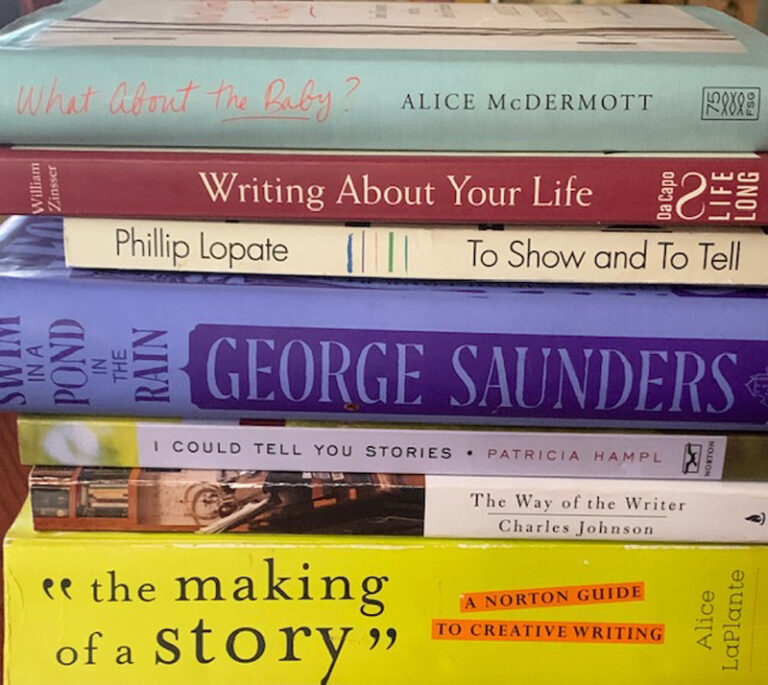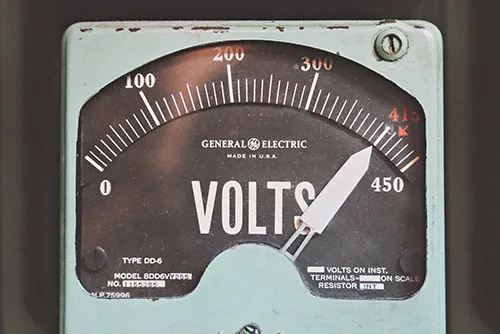How to Show and Tell in Your Writing
When writers show and tell, they do more than just flatly report on what's happened in the narrative line of the story.

When writers show and tell, they do more than just flatly report on what's happened in the narrative line of the story.

Of the many excellent books on the art and craft of writing, here are seven to inspire you.

The beginning of a story is crucial. It can make the difference in gaining the attention of a prospective agent, acquisitions editor, and ultimately the reader. So, how do you start? Here are some suggestions to help you find your beginning.

If you're finding that your narrative's energy is flagging, try pinpointing your protagonist's defining characteristic. Here's how that can help your story.

What “Show, Don't Tell” really means: how to write fiction or memoir that keeps your reader engaged.

If place wields such power, why do we sometimes relegate it to a secondary role when writing story?

The devil is in the details: thoughts and pointers for keeping your writing TMI-free.

If we want to hone our craft, we need to expose ourselves to the work of excellent writers.

Everyone loves a good story. We all know one when we read one. But what makes a good story?
When you fill a blank page with your first sentence it can feel like a minor miracle. From nothing: something. From too many ideas about how to begin your essay, novel, nonfiction book, you home in on one and make your initial authorial decision. You may change that first sentence dozens of times, but by...